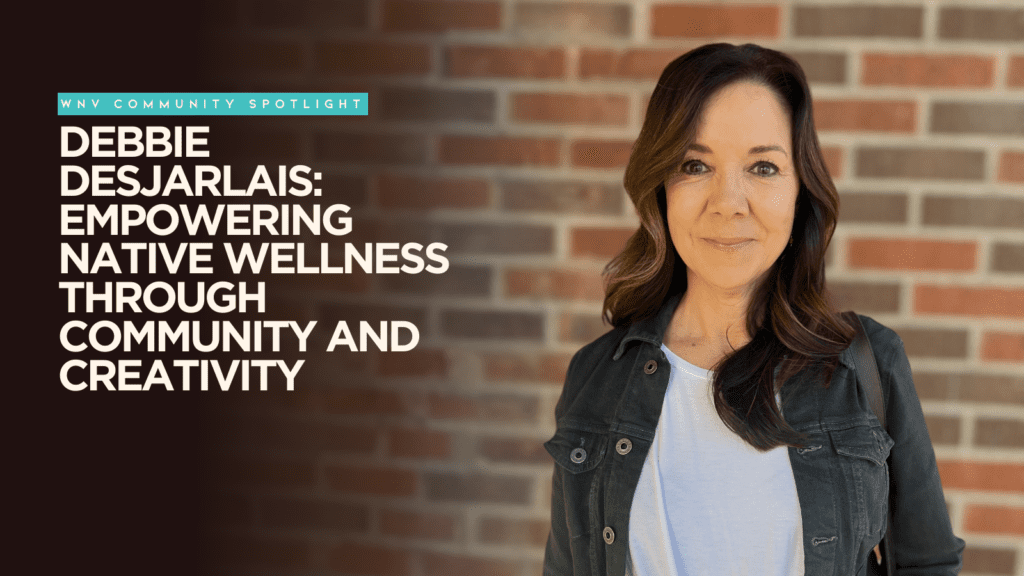
This month we visited with Debbie Desjarlais, an enrolled member Turtle Mountain Chippewa and an Assiniboine descendant from both the Fort Peck and Fort Belknap tribes. Debbie is a committed advocate and leader who uses her talents to support Native communities. As the co-founder of NativeWellness.Life magazine and Keya Advertising, she combines her skills in business and graphic design to promote health and wellness. Debbie’s deep-rooted connections inspire her ongoing efforts to make a positive impact.
Please start with your background, tribe, where you grew up, family, schools attended, what you are currently doing now, etc.
I’m an enrolled Turtle Mountain Chippewa and an Assiniboine descendant from both the Fort Peck and Fort Belknap tribes.
I was born in San Francisco because my parents were part of the Indian Relocation Program that encouraged Native Americans to move from reservations to cities back in the ’60s. After two years, we moved back to the Fort Peck Reservation. Then, when I was in first grade, we moved to Billings, MT.
I graduated from Billings Senior High, then went to Montana State University, Bozeman, and graduated with a Business Finance degree. I left the state and received a second degree from South Dakota State University in Graphic Design 10 years later. After 26 years, I returned to Montana 9 years ago.
In 2019, I started NativeWellness.Life magazine with my older brother, Orville Desjarlais, Jr. Then, in 2023, we started Keya Advertising.
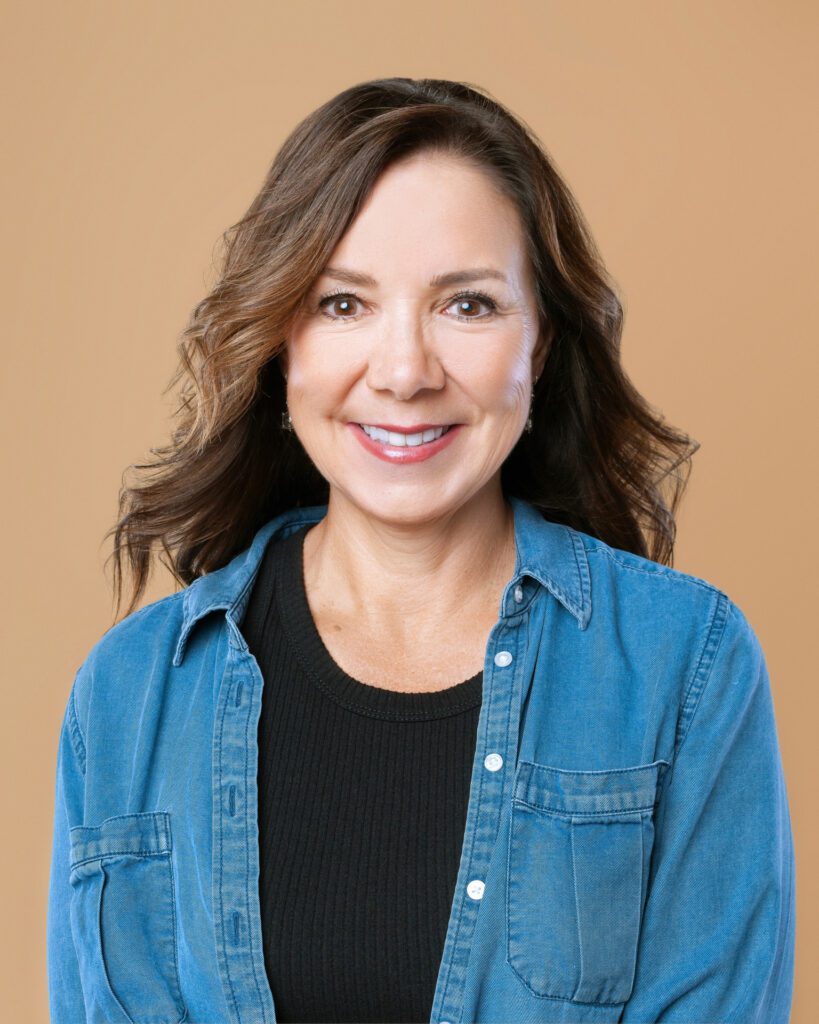
What motivated you to pursue your current career or path?
I’m motivated by helping our people. My last job as a business developer introduced me to working with our Native people and I loved it. I want to continue working with our people and to help them. I feel like our magazine reaches them in a way no other magazine ever has.
What inspired you to co-found NativeWellness.Life magazine, and what is its primary mission?
My brother and I were looking at ways to reach our people. The thought of creating a Native magazine intrigued us, so we decided to give it a try. Our mission is to deliver a professional “positive” magazine to our people for free. The plan is for large organizations to pay for the subscription and give the magazine out for free.
How does NativeWellness.Life magazine contribute to community advocacy and wellness?
We make our magazine each month to improve the health and welfare of our tribes. The way we do that is by getting our magazines into homes where multi-generational families can enjoy the stories and graphics we struggle to provide every month. There is something for everyone in the magazine, including children.
Lack of healthcare faculties, isolation, and economic factors forces our Indigenous communities to take a personal stake in taking better care of themselves and their families. NativeWellness.Life magazine is influential in getting families more active and aware of disease prevention, like diabetes. It’s more than just a magazine. It’s a health and wellness tool for our communities.
I’m motivated by helping our people. My last job as a business developer introduced me to working with our Native people, and I loved it. I want to continue working with our people and to help them.
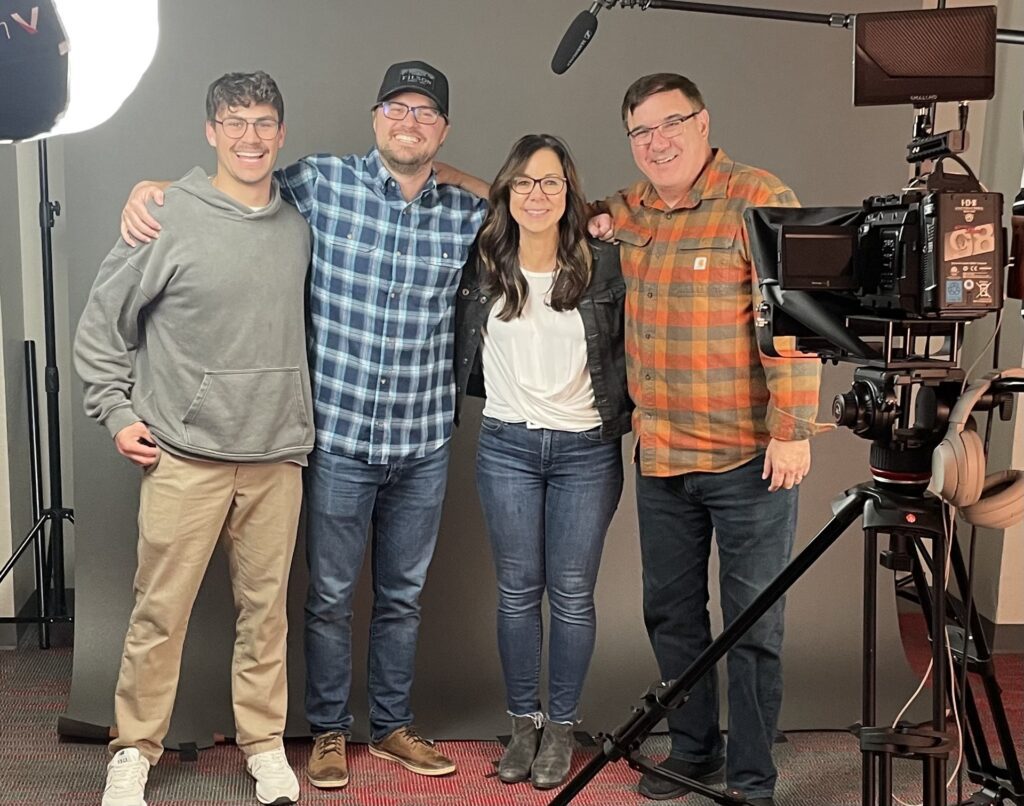
How can creative professionals use their skills to organize and uplift their communities?
The challenge with being a creative professional is the lack of awareness about professional graphics and writing. These are professions that are taught in college and take a lifetime to master. Yet, everybody “has a cousin who can do a logo for $100.” Or, assume anybody can write.
Usually, a logo is just one item of many that an advertising agency or marketing company is going to provide. It’s a small part of a bigger strategy.
Our tribal communities need more people and organizations to invest in outreach in every sector. Tribes and organizations have great ideas about how to care for their communities, yet many fail in their outreach efforts.
I get asked to do logos all the time, but I’m done with one-and-done jobs. That’s not an effective way to conduct outreach.
Can you share a pivotal moment or experience that shaped your journey?
I met with a Department of Agriculture professional who told us not to target the food commodity program known as the Food Distribution Program on Indian Reservations. Having used the FDPIR program as children, we wanted to work with that organization from the start. So, in our first issue, five years ago, I wrote a bison recipe with FDPIR recipients in mind. I publish recipes that include ingredients available to the average reader. I write and test each recipe before it gets published.
The pivotal moment came two years ago when the FDPIR regional director of the mountain plains region purchased magazines for 29 of her field offices in eight states, including Montana. That proved to me that a big organization like the Department of Agriculture can count on us to provide sound nutrition education every month to their patrons.
Who were your role models or sources of inspiration throughout your career?
My grandma, Sylvia Roberts (Campbell), and my mom, Wilma “Billy” (Campbell) Desjarlais, and Orville Desjarlais, Sr., inspired my work ethic and compassion for our Native people. They were all hard-working.
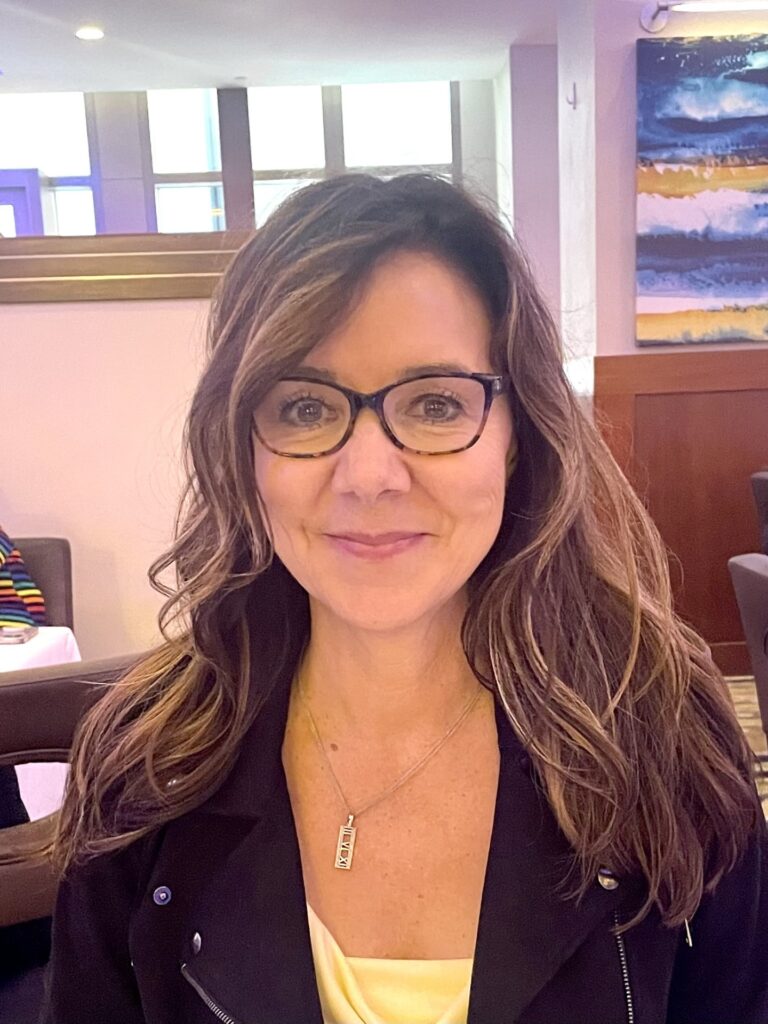
In your opinion, what are the most pressing challenges or opportunities for Native communities today?
The challenges are many. It’s always been a bit overwhelming.
I believe change starts with you. You need to decide to treat yourself better. To commit to better nutrition and a healthier lifestyle. If you think your community needs change, then look in the mirror first. You have the power to affect positive change. Your actions influence everyone around you. Everyone needs to know that they can be a change-maker. Quit sitting on the sidelines. Get involved.
I think we also need more women in leadership roles in healthcare. As outsiders, we go to many healthcare conferences and see that it’s composed of 90% women. However, most of the leaders are men. Women lead differently than men. I’m encouraging more women to take on leadership positions. It just makes sense.
What projects or initiatives are you currently working on?
We are passionate about food sovereignty, Native American veteran PTSD, Native American suicide prevention, and more.
We pick projects based on our passions and the people we’ll be partnering with. Even if someone is willing to offer us a lot of money for our services, if they look like difficult clients, we’ll turn them down. Life is too short to have to put up with grief.
Our small team has more than 100 years of experience in every aspect of communications, from print to digital. You’ve got to respect that.
What is one thing you wish you had known or done differently when starting your career?
The only thing constant in life is change.
Everyone makes you think to have to pick a career in college and stick with that for the rest of your life.
To me, that’s crazy talk.
Don’t think you have to limit yourself to one ice cream flavor. Taste them all! I got a finance degree and then a graphics design diploma. Who knows what’s next? Much of what I learn is not in college.
My advice is for people to be more flexible and open to change. Seek opportunities to learn. And don’t be afraid of failure. That’s when the magic happens. Learning from your mistakes teaches you perseverance and increases confidence.
Our mission is to deliver a professional ‘positive’ magazine to our people for free. The plan is for large organizations to pay for the subscription and give the magazine out for free.
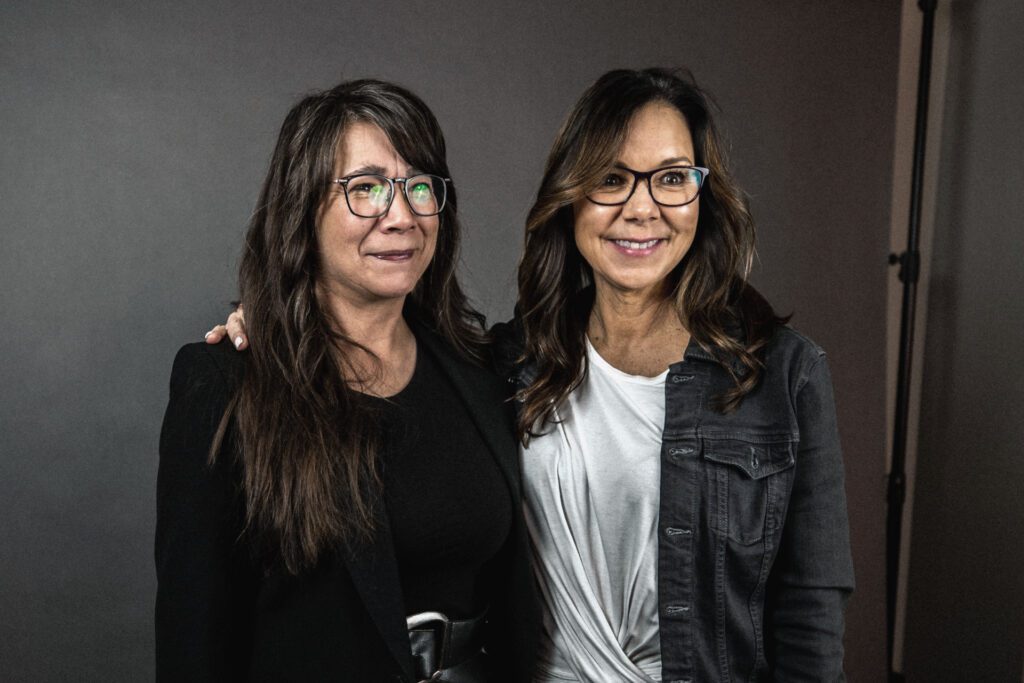
How can people balance their ambitions with self-care and a healthy lifestyle?
Take it one day at a time. Find something you’re passionate about in life. Each day, do some kind of exercise for 45 minutes to 1 hour. It doesn’t matter what you do, as long as you do it.
How do you see the role of storytelling in advancing community wellness and organizing efforts?
I think storytelling comes in different mediums. Our relatives told stories verbally, then came the written word. Now storytelling is told in digital media.
In our magazine, storytelling takes on many forms. Everything in the magazine is there for a reason. Photos and graphics are designed to grab your attention. Headlines and photo captions tease you into reading the article. The story’s beginning should be attention-getting. Each element works in harmony with one another. Advertising and marketing use these skills. We dedicate about 60% of our magazine to graphics and design because our people are very visual.

